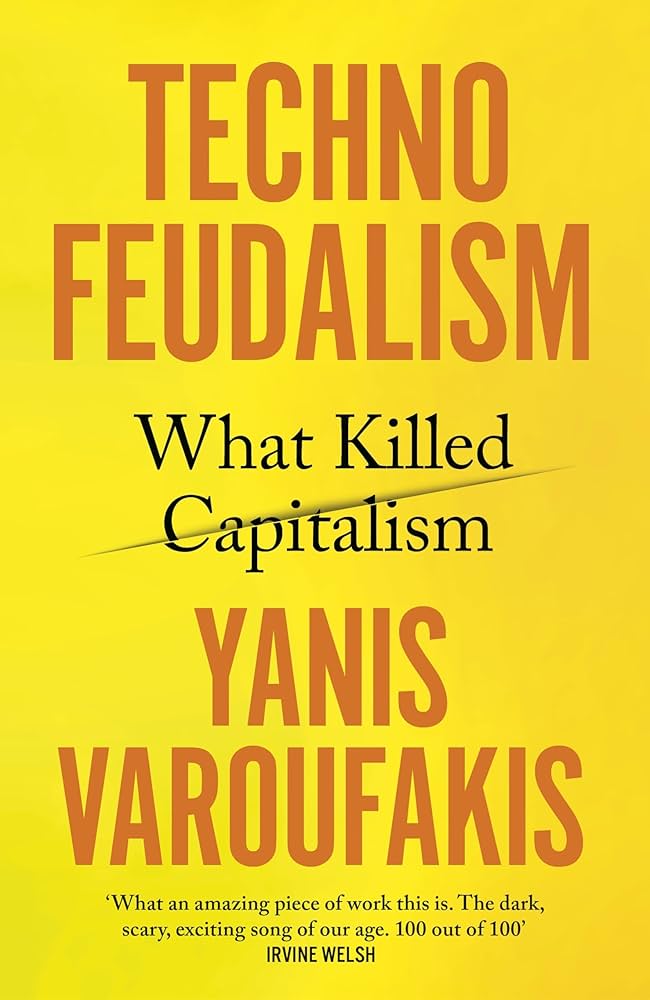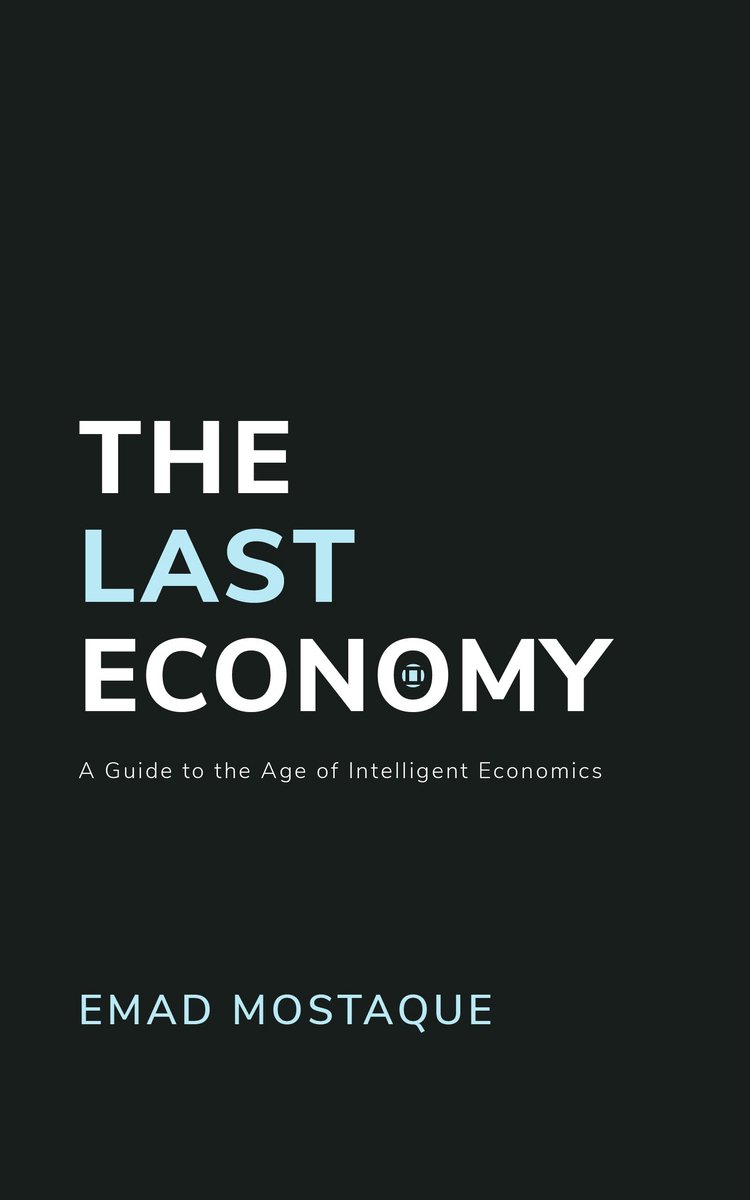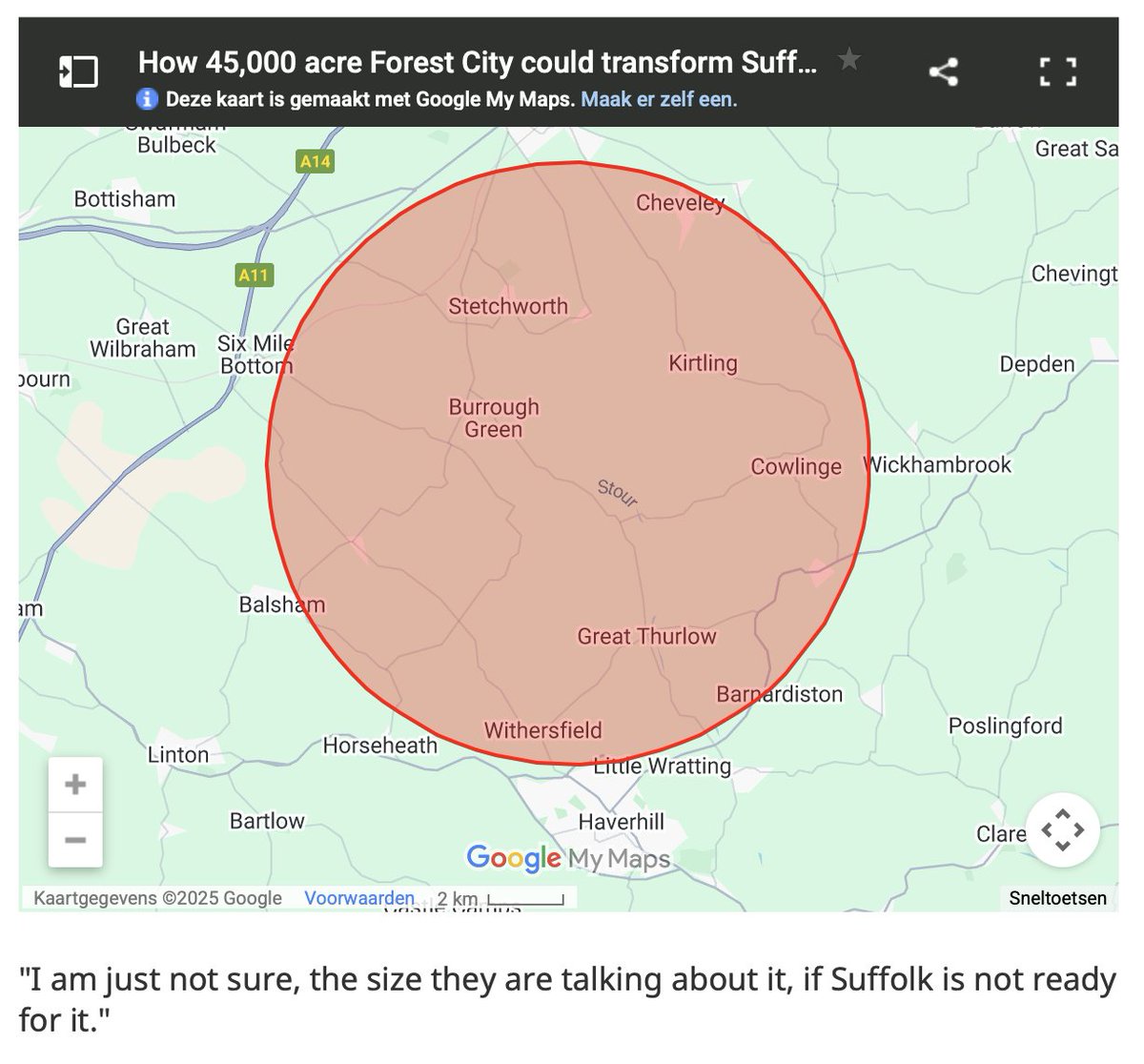Liars and thieves continue to prop up performative wins when the hard truth is absolute carnage of UK infrastructure on all fronts. #BrexitDisaster
Watchdog reprimands Tories over £800bn post-Brexit trade deals claim theguardian.com/politics/2022/…
Watchdog reprimands Tories over £800bn post-Brexit trade deals claim theguardian.com/politics/2022/…
Tories will not fess up, Labour will not mitigate the damage with common sense approaches like realigning with the EU. The UK has been kidnapped by disaster capitalists, xenophobes, racists and radical right libertarians under the guise of patriotism. What a fucking mess.
The worst is yet to come, 31st Dec REUL Bill sunsets 4000 EU laws in 1 fell swoop, no country has ever done this in world history. Employment rights, food safety, environmental laws, all protections abolished, transition phase mean corporate fascism for UK
Update! Please read this document from the Employment Lawyers Association, Equality Act under threat, womens equal pay to men abolished, safety in work place, rights to sick leave, holiday + thousands more hanging in balance. This bill is horrific!
bills.parliament.uk/publications/4…
bills.parliament.uk/publications/4…
Credit to @karenneemcnally Follow her!
The @ClientEarth doc on REUL Bill's impact on UK regulation of neonicotinoid pesticides that are harmful to food, feed, crops, insect life and by extension human consumption of contaminated produce.
clientearth.org/media/irtp0mmt…


The @ClientEarth doc on REUL Bill's impact on UK regulation of neonicotinoid pesticides that are harmful to food, feed, crops, insect life and by extension human consumption of contaminated produce.
clientearth.org/media/irtp0mmt…



Update! REUL Bill impact on food safety standards, FSA wants to advise on 800 pieces of REUL to be reformed in this bill eg preserving the precautionary principle re:putting food on market, feed additives, GMOs. Govt want to rush REUL through with little to no scrutiny. #Brexit
https://twitter.com/karenneemcnally/status/1607723227434090496
• • •
Missing some Tweet in this thread? You can try to
force a refresh














